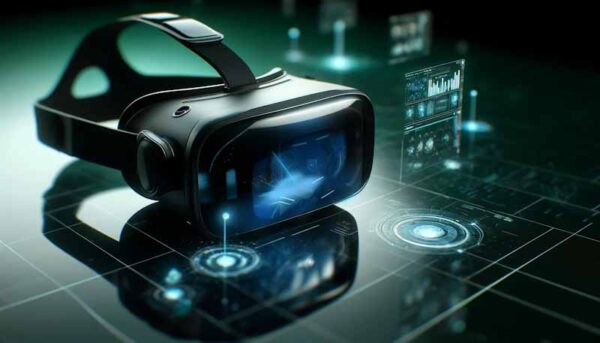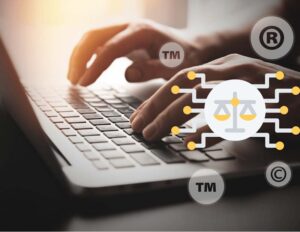The integration of Augmented Reality (AR) and Virtual Reality (VR) technologies in IT education is not just innovative; it’s transformative. AR, which superimposes digital information onto the real world, and VR, which creates a completely immersive digital environment, are reshaping the sphere of information technology. By incorporating AR and VR, educational institutions and corporations are equipping future IT professionals with the skills needed to excel in a rapidly evolving digital landscape. Explore the potential of immersive learning with augmented and virtual reality through the Information Technology and Innovation Foundation’s detailed exploration of the subject. ITIF
The Benefits of AR and VR in IT Training
Realistic Simulations of IT Environments
AR and VR provide IT students and professionals the unique opportunity to engage with systems in a controlled, virtual space. For instance, VR can simulate network setups or cybersecurity attacks. This allows learners to troubleshoot and respond in real time without risking actual systems.
Enhanced Understanding of Abstract Concepts
AR can make abstract IT concepts tangible. Visualizing data structures, algorithms, or cloud infrastructure through AR overlays can help learners better understand and retain complex information. This is often challenging with traditional learning methods. Practical applications of AR and VR in architecture, engineering, and construction industries can be found in this systematic review. MDPI
Interactive and Collaborative Learning
AR and VR enable collaborative projects where teams can interact with virtual models of databases, software applications, or IT infrastructure. This not only enhances teamwork skills but also prepares learners for the collaborative nature of modern IT environments.
Real-World Applications of AR and VR in IT
Software Development and Testing
VR environments allow developers to create and test software in myriad virtual settings, which is invaluable for app development that requires user context. Similarly, AR can overlay code changes or enhancements directly within the user’s field of view, promoting more intuitive development processes.
Network Management and Security Training
VR can mimic network operations centers, offering IT professionals hands-on experience in managing network traffic, detecting vulnerabilities, and executing security protocols without accessing the actual hardware or risking network integrity.
AR and VR Across Industries
AR and VR are being adopted across various industries within the IT sector, each using these technologies in unique ways:
Healthcare IT
Medical software development benefits from VR simulations for telemedicine applications and training platforms that teach medical professionals how to use new technologies without real patients.
Financial Services
VR is used for data visualization and risk management training, while AR helps in providing real-time financial data overlays for analysts and traders.
Telecommunications
AR assists in network equipment maintenance and management by providing real-time data overlays and schematics during repairs or upgrades.
Retail
VR helps in designing virtual stores for e-commerce platforms, and AR enhances online shopping experiences with virtual try-ons and product displays.
Automotive
From designing software interfaces for vehicle infotainment systems to simulating various driving scenarios, AR and VR are integral in developing automotive IT solutions.
Challenges and Future Directions
Adopting AR and VR in IT education does come with challenges, such as high costs and the need for specialized training for educators. However, the future looks promising as these technologies become more accessible and are further integrated into standard IT training curriculums.
AR and VR technologies are at the forefront of revolutionizing IT education and training. They provide immersive, interactive, and highly effective methods for understanding complex concepts and performing technical tasks in virtual, risk-free environments. As we continue to embrace these technologies, they will undoubtedly play a pivotal role in shaping the future of IT education.





